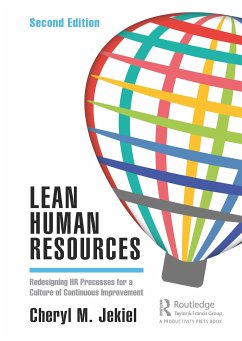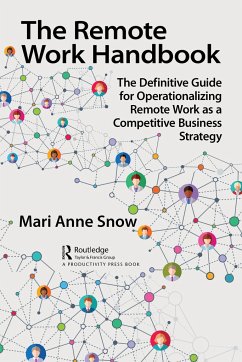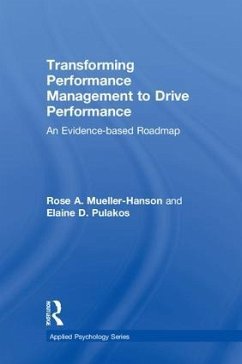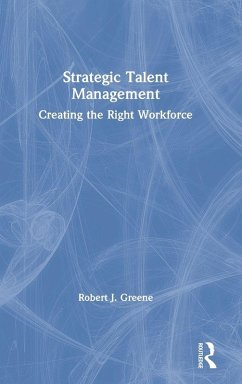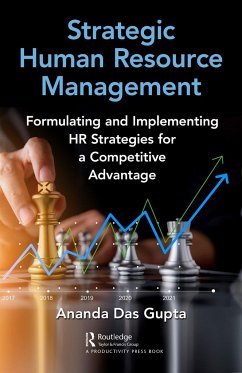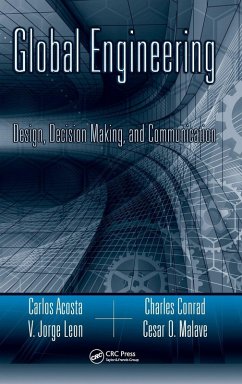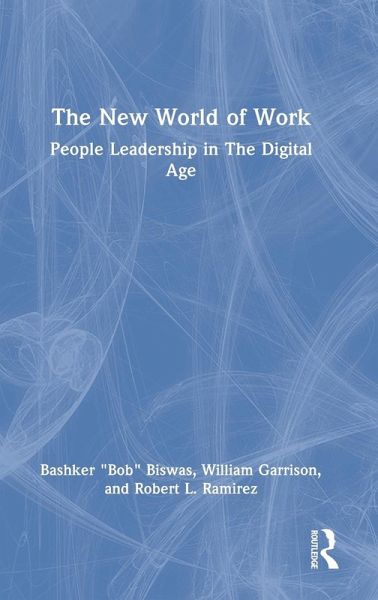
The New World of Work
People Leadership in The Digital Age
Versandkostenfrei!
Versandfertig in 1-2 Wochen
153,99 €
inkl. MwSt.
Weitere Ausgaben:

PAYBACK Punkte
77 °P sammeln!
The New World of Work explores the many areas of accelerated change in the workplace and how the Human Resource Management function must evolve to meet the needs of workers, managers and organizations.





